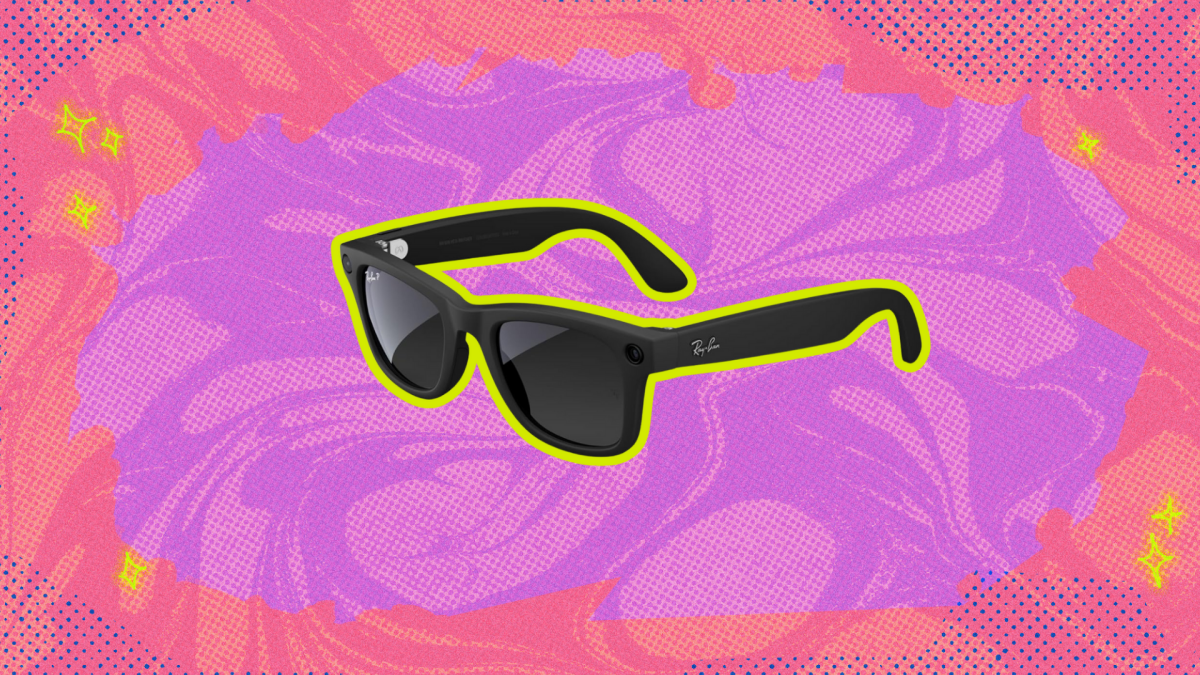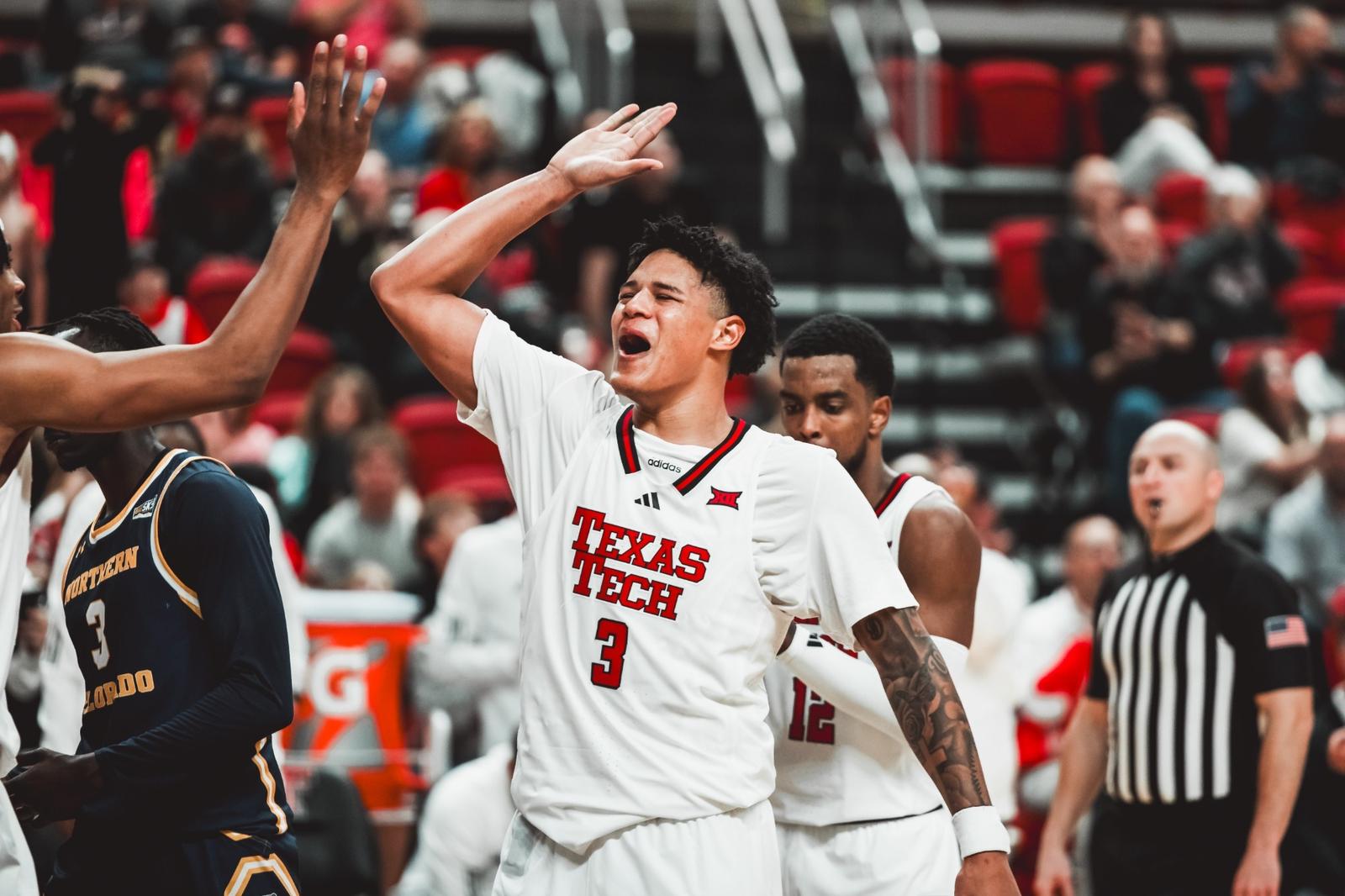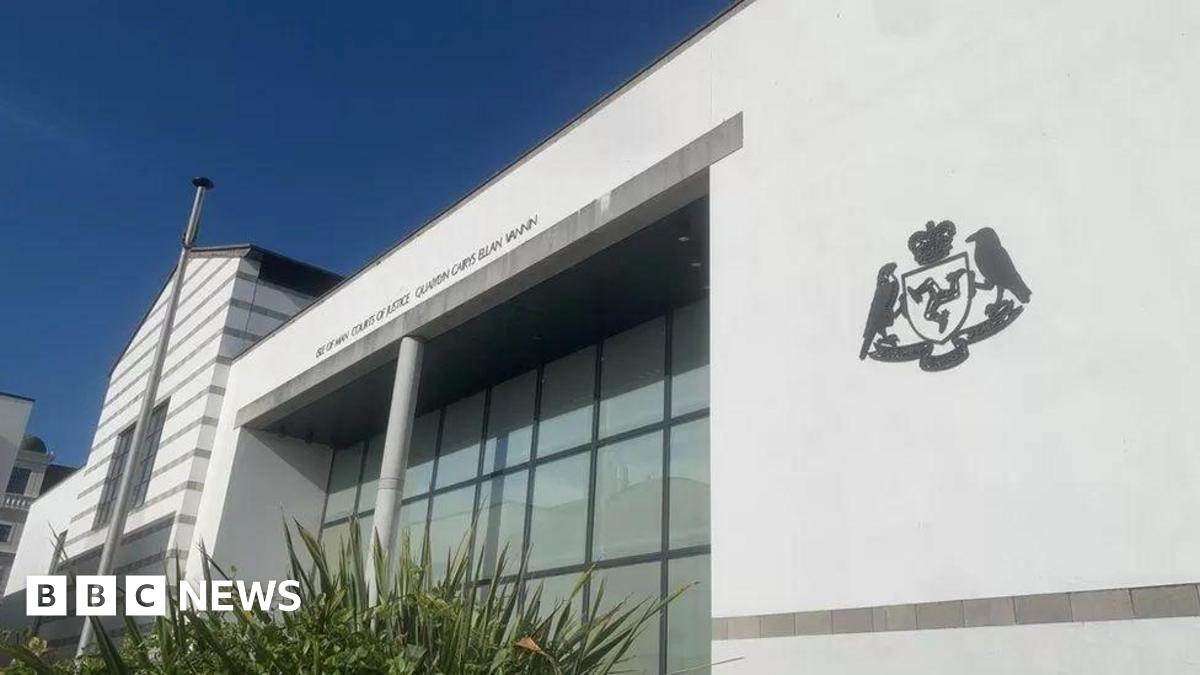Prince William and Princess Kate are spotlighting the importance of family this holiday season.
On Monday, December 22,…

Prince William and Princess Kate are spotlighting the importance of family this holiday season.
On Monday, December 22,…
$250,000 repayable

Each year, thousands of AHN patients and Highmark members require interpretation services to better understand their care journeys
PITTSBURGH, Dec. 22, 2025 /PRNewswire/ — Allegheny Health Network (AHN), in partnership with its parent organization Highmark Health, today announced the launch of “I Speak,” a campaign to improve communication with non-English speaking patients or with patients whose first language isn’t English. The campaign uses hospital posters, handouts, and wallet cards to help caregivers quickly identify a patient’s preferred language and swiftly connect them to appropriate interpreter services upon arrival to an AHN medical facility.
“I Speak” was originally introduced last year at Highmark Health’s insurance arm, Highmark Inc., in retail locations throughout Delaware. Today’s announcement marks a significant expansion of the program to its health care facilities in the western Pennsylvania region and Highmark’s Direct Stores in Pennsylvania and New York.
The wallet-sized cards, designed to mimic an insurance card, are printed in 29 languages including American Sign Language (ASL) and are placed in all high-traffic areas – like emergency departments and labor & delivery units – across the network’s 10 acute, full-service hospitals. They are also being made available at AHN’s outpatient medical facilities.
Each year, thousands of AHN patients and Highmark members require real-time translation services when receiving care, making an appointment, or seeking information about their insurance coverage. The U.S. Census Bureau estimates that more than 25 million people in the U.S. have limited English proficiency.
According to research published by Midwestern University, communication barriers between patients and health professionals may negatively impact the quality of medical care. For example, patients who present at a health care facility with a language barrier are more likely to receive larger workups like blood draws, longer emergency department stays, more hospital admissions, and increased medical charges.
Lack of appropriate medical interpretation has also been cited as a source of increased anxiety for patients, and patients with language barriers have been known to spend less time with certain therapies, experience more medical errors, and are much less likely to seek mental health counseling.
The “I Speak” initiative is led by Highmark Health’s Institute for Strategic Social and Workforce Programs (S2W), a team focused on accessible, high-quality care across the region and beyond.
“When we can better understand one another, we can better take care of one another,” said Veronica Villalobos, vice president of S2W at AHN and Highmark Health. “Our primary goal with every initiative is to ensure that all patients and members we serve receive the best possible care, regardless of their primary language. ‘I Speak’ cards at AHN facilities specifically empower patients to communicate their needs effectively and ensure that our care teams can provide appropriate support.”
After a patient identifies his or her preferred language, AHN can engage with its language interpreter service provider, Cyracom, which is available 24/7 and tailored for healthcare specific needs and requests.
“This program helps to ensure requests for interpretation services made by AHN caregivers take place with maximum efficiency and minimum misunderstanding,” Villalobos continued. “It’s an opportunity for our organization to further simplify care and improve the patient experience for everyone we serve.
Across AHN facilities from January through June of this year, Spanish was the most requested non-English language by a significant margin (25.7%), followed by Haitian Creole (22.7%), Nepali, Arabic, and ASL (American Sign Language). Out of all answered calls to 412-DOCTORS, 46% were Spanish-speaking callers with the second non-English speaking language being Nepali at 14.1%.
SOURCE Allegheny Health Network

SAN ANTONIO – KSAT 12 will celebrate the holidays by showing the “Texas Eats: Holiday Special” and “The City of McAllen Holiday Parade” this week.
Here’s the…

Vietnam is experiencing one of the fastest rates of population aging globally, with individuals aged 60 and older comprising 11.9% of the population in 2023, projected to reach 17.9% by 2030.1 This demographic shift has amplified…

SAVE 25%: As of Dec. 22, you can get the Ray-Ban Meta (Gen 1) Smart AI Glasses for $246.75, down from $329, at Amazon. That’s a 25% discount or a $82.25 price cut. It’s also a new…

LUBBOCK – A career-high scoring performance in a non-conference home game followed by providing 20 points in a win over No. 3 Duke has earned LeJuan Watts the Lute Olson National Player of the Week honor. The Lute Olson Award is presented…

However, it was “impossible to say” how much cannabis and cocaine Masson had dealt, the prosecutor said.
She was described as a “mid-level supplier” as she had others “grafting for her,” the court heard.
Messages also showed Masson had been…

Meruyet Kuspanova,1 Andrey Gaiday,1 Saule Bermagambetova,1 Andrii Dinets,2,3 Zhanna Amirbekova,4 Gulmira Zhylkaidar,4 Gulnaz Sarkuchikova,5 Svetlana Sakhanova,1 Aruzhan Amantay,1 Meruyert Aidarkhanova,6 Akylbek Tussupkaliyev1
1Department of…

Attorney General Kathy Jennings, together with her counterparts in Connecticut and Maryland, led a coalition of 50 attorneys general announcing a nearly $150 million settlement with Mercedes-Benz USA and Daimler AG for violating state laws prohibiting unfair or deceptive trade practices by marketing, selling and leasing vehicles equipped with illegal and undisclosed emissions defeat devices designed to circumvent emissions standards. The settlement also includes more than $200 million in potential consumer relief.
“For nearly a decade, Mercedes sold vehicles that were marketed as clean and environmentally responsible while secretly polluting far beyond legal limits,” said AG Jennings. “This settlement holds Mercedes accountable for deceiving consumers, evading emissions laws, and putting public health at risk. We expect honesty in the marketplace and clean air in our communities. Today’s agreement delivers both meaningful penalties and real relief for affected drivers.”
“Vehicle emissions are one of the largest contributors to air pollution in Delaware, so our air quality depends on properly operated vehicle emission control systems,” said Delaware Department of Natural Resources & Environmental Control Sec. Greg Patterson. “All vehicle manufacturers need to do their part by meeting the emission requirements, and we appreciate Attorney General Jennings and her staff leading this multistate investigation and settlement concerning our air.”
Beginning in 2008 and continuing to 2016, the states allege Mercedes manufactured, marketed, advertised, and distributed nationwide more than 211,000 diesel passenger cars and vans equipped with software defeat devices that optimized emission controls during emissions tests, while reducing those controls outside of normal operations. The defeat devices enabled vehicles to far exceed legal limits of nitrogen oxides (NOx) emissions, a harmful pollutant that causes respiratory illness and contributes to the formation of smog. Mercedes engaged in this conduct to achieve design and performance goals, such as increased fuel efficiency and reduced maintenance, that it was unable to meet while complying with applicable emission standards. Mercedes concealed the existence of these defeat devices from state and federal regulators and the public. At the same time, Mercedes marketed the vehicles to consumers as “environmentally-friendly” and in compliance with applicable emissions regulations.
Today’s settlement requires Mercedes-Benz USA and Daimler AG to pay $120 million to the states upon the effective date of the settlement. An additional $29,673,750 will be suspended and potentially waived pending completion of a comprehensive consumer relief program. Delaware will receive $3.6 million through today’s settlement.
The consumer relief program extends to the estimated 39,565 vehicles that had not been repaired or permanently removed from the road in the United States by August 1, 2023. Mercedes must bear the cost of installing approved emission modification software on each of the affected vehicles. The companies must provide participating consumers with an extended warranty and will pay consumers $2,000 per subject vehicle.
The companies must also comply with reporting requirements, reform their practices, and refrain from any further unfair or deceptive marketing or sale of diesel vehicles, including misrepresentations regarding emissions and compliance.
Today’s settlement follows similar settlements reached previously between the states and Volkswagen, Fiat Chrysler and German engineering company Robert Bosch GmbH over its development of the cheat software. Automaker Fiat Chrysler and its subsidiaries paid $72.5 million to the states in 2019. Bosch paid $98.7 million in 2019. Volkswagen reached a $570 million settlement with the states in 2016.
Delaware co-led this multistate investigation and settlement with the attorneys general of Connecticut and Maryland. They were assisted by Alabama, Georgia, New Jersey, New York, South Carolina, and Texas. The final settlement was also joined by Alaska, Arkansas, Colorado, the District of Columbia, Florida, Hawaii, Idaho, Illinois, Indiana, Iowa, Kansas, Kentucky, Louisiana, Maine, Massachusetts, Michigan, Minnesota, Mississippi, Missouri, Montana, Nebraska, Nevada, New Hampshire, New Mexico, North Carolina, North Dakota, Ohio, Oklahoma, Oregon, Pennsylvania, Rhode Island, South Dakota, Tennessee, Utah, Vermont, Virginia, Washington, West Virginia, Wisconsin, Wyoming, and Puerto Rico.